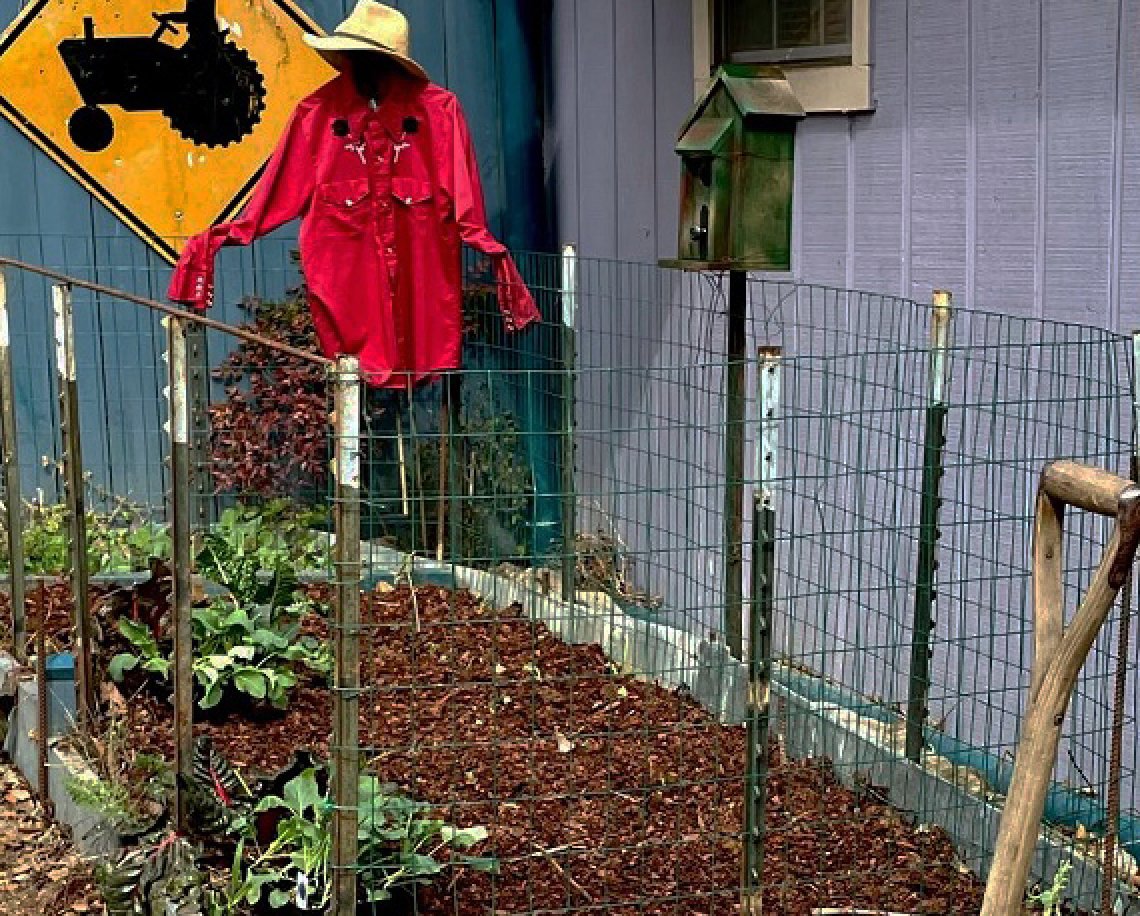In the Garden with Felder Rushing
Got good dirt? Count your blessings, or play as best you can with the hand you’re dealt.
One upside to dealing with the Pandemic, as evidenced by how my garden center friends are struggling to keep shelves stocked, has been how many folks, old hands and new, have taken to gardening. But many of us have had to deal with difficult soil.
At the risk of coming across as provincial, not everyone is blessed with rich Delta topsoil beneath their feet. In fact, a lot of the dirt in my childhood home town was what we called blue buckshot, in which about all we could grow was ashtrays.
By the way, to those of you gritting your teeth when I use the word “dirt” rather than soil, know your etymology. Dirt comes from old Norse and English drit; soil has its roots (is that a pun?) in French. Regardless of what language you speak, they mean basically the same thing and are interchangeable - think dirty or soiled diapers, and relax.
Thirty plus years ago, I discovered Yazoo clay, that dense stuff clogging the dormant volcano beneath Jackson, which swells and shrinks with the seasons, turning streets into roller coasters and keeping even oak roots less than a foot or so deep. To get tomatoes, roses, and other plants with less-woody roots to survive at all means I’ve had to dilute and fluff the clay with bark, compost, leaves, and the like, or grow above it.
Gardening atop bad dirt doesn’t always mean filling big containers or raised beds with store-bought soil mix; I have several very large containers (my favs are trendy and relatively inexpensive galvanized stock tubs found at farm co-ops), and several raised beds in which I dug down into the clay and added to it making them partly sunk and partly raised – the best of both worlds.
Anyway, I now have a recipe that I have done for over forty years, including in a partly sunk, partly raised bed started last summer on the west side of my 1940s house, in clay that has never been dug, much less planted, by humans.
Keep in mind that containers or high raised beds need watering more often, but real dirt holds water and nutrients better than organic matter, so a soil mix that has at least some real topsoil in it is always better than all one or the other.
I made a box the size I wanted, only four feet wide to I can reach the center from either side. Didn’t have to do a box, could have just sloped the sides and planted with flowers or something, but to make it more or less permanent and look good too I shored it up. Could have used bricks, construction blocks, old dishes, Barbie dolls, anything to hold the dirt in place, but I chose to work with simple, inexpensive pressure treated 2x8 boards (yes, they are safe for growing vegetables).
I dug the clay inside the box about a shovel deep, turning over the clods and breaking them up (which by the way works great when the soil is moist, not soggy wet or concrete-hard dry). Then I spread a couple of inches of bark and three inches of compost (manure works the same) on top, added a little lime and fertilizer, and mixed it thoroughly into the clay, so it’s like a bowl of chili with a double handful of crumbled crackers stirred in. Just right.
Covered it all with bark mulch, and now whenever something needs planting, any time of year, I’m ready to go.
Felder Rushing is a Mississippi author, columnist, and host of the “Gestalt Gardener” on MPB Think Radio. Email gardening questions to rushingfelder@yahoo.com.

